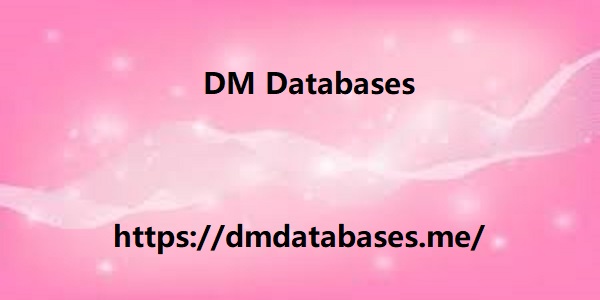|
|
Create a direct title The title of the scientific poster must be the same as that used in your scientific work. It must briefly present the purpose of your research, making it clear what it is about. It is important that the title is attractive, short and precise. Therefore, it should be written in approximately one or two lines. 2. Craft an intriguing, nutshell introduction It is in the introduction of the poster that you will make the reader interested in the subject of your research. Creating a poster is exercising your ability to synthesize. Therefore, in the introduction, bring the problem within the context of your research, inform the literature that served as a reference; then, make an intriguing presentation and, finally, state your hypothesis. All this in a nutshell. A tremendous challenge, isn't it? The poster is an amazing place to place a photo, image, or illustration that correlates to your research problem.
Make textual sections more readable You can use some strategies to make the textual content of your poster more readable. The number one mistake event attendees make is making their posters too long. Very dense content with lots of words attracts very few people. So, focus on 800 words. Have you ever heard the expression “less is more”? It should be accompanied by the meaning of a poster. Use sans serif fonts (e.g.: Helvetica) for the title and subtitle and serif fonts (e.g.: Palatino) for the body text. Serif fonts are easier to read at small sizes. Another flaw regarding textual content that is quite DM Databases common is bringing the summary of the work on the poster. The summary of your work does not need to be included in your poster since the poster itself is already the summary of your scientific research. Also pay attention to the line spacing used in the body of the text. If you chose single spacing (1.0), use it in all sections of the poster. Spacing variations can leave you disorganized.

Choose the right graphics and images Make sure your graphics and photos can be viewed from a distance of 1 meter. The truth is that most readers are only interested in reading the pictures on your poster. Making a consistent infographic is important to highlight the objective of your research. With the chart, do you want to compare, organize or explore something? Use web graphics with caution. Check, first of all, that they are in good resolution. Never place graphics with a colored background. Choose the correct chart type: line, pie, etc. Put titles or legends on your charts. They will guide your reader. –> Learn now how to choose the best graphics for your research. Don't fill the top of your scientific poster with a thousand logos. Only include essential ones. Some events choose to place logos at the top of the poster and others at the end. Check your case. Avoid dark backgrounds as they make your poster more difficult to read. Use a white background preferably, it's a good thing because you save ink! Avoid large color combinations. 5. Expose methods and materials in a different way Very briefly describe the equipment and procedures used during your research.
|
|